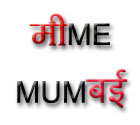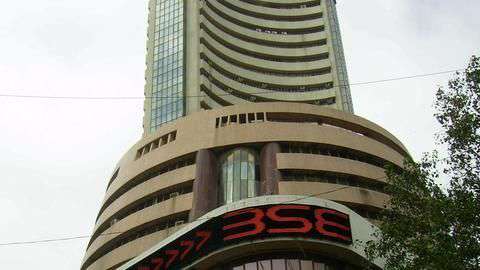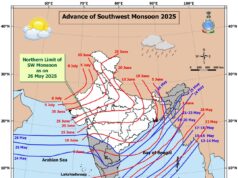The geographical location of Mumbai port on the west coast made it economic hinge and trade window to the west. The two trade business made Mumbai prosperous and center for business hub. The Opium trading and textile industry made Mumbai prosperous. Many of the businessmen were Parsis who contributed for flourishing these industries in Bombay. Three Parsi families were most active in Bombay’s textile industry: Petit, Wadia and Tata.
Image source: DailtyHunt
Opium Boom:
Mumbai entered in opium trade, a product of the poppy plant, that turned Mumbai into a prosperous and thriving port. Parsi merchants of Gujarat and Mumbai entered this trade in the early 19th century and, thanks to their monopoly of the trade for over six decades, Mumbai was turned into a thriving and prosperous port. It also turned the Parsis into an affluent community.
Mumbai Parsis who dominated this lucrative trade set up at least 14 firms at Canton and some of them even settled down here. Jamsetjee Jeejeebhoy and Co., Cawasji & Co., and Dadyseth & Co. were the leading Parsi firms; David Sasoon & Sons had also made heavy investments in the trade like the British merchants of Mumbai.
Home of Textile Industry
In 1854, there was textile industry revolution which made Mumbai major textile industries in the country, employing over a million workers. The foundation was laid by a rich parsi, Cowasji Davar by establishing Mumbai Spinning and Weaving Co. with a capital of Rs.500,000.
Maneckji Nusservanji Petit, another wealthy Parsi formed the Oriental Spinning and Weaving Co. in August 1854. After the establishment of the first mill, within decades nearly thirteen mills employing over 8,000 people sprang up.
Slowly other wealthy Indians from other parts of country took interest in this lucrative industry. These included Bhatias, Sindhis, Parsis from Gujarat. The textile industry became the hub of Mumbai’s industrial growth in subsequent years.
The cotton Boom of 1860-65 the growth of Bombay was enormous led to increase of the cotton trade.Comparative details of Cotton Trade.
Year Amount
1793 £ 156
1802 £ 27,876
1812 £ 108,824
1828 £ 1,882,71
The textile industry dominated Mumbai’s economy, by the 1920s.
Other Sectors
In banking and insurance business Mumbai became India’s leading centre. Its bullion markets in Jhaveri Bazaar and Shaikh Memon Street were India’s largest. All these contributed to make Mumbai India’s leading capital market. By 1914, eighty-seven per cent of the total value of India’s capital investment and nearly half the value of the private industrial investments were invested in Mumbai. Since then, Mumbai has become the financial capital of India and a place of immeasurable influence in India’s economic as well as political life.
Also read:
India’s financial capital Mumbai becomes 12th richest city globally









[…] 1914, almost 50% of the private investments were being made in various industries in Mumbai and 87% of the total capital investment in India […]